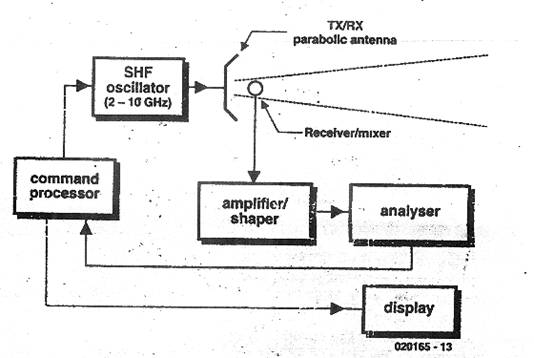





Published on Feb 14, 2025
Although there is good road safety performance the number of people killed and injured on our roads remain unacceptably high. So the roads safety strategy was published or introduced to support the new casualty reduction targets.
The road safety strategy includes all forms of invention based on the engineering and education and enforcement and recognizes that there are many different factors that lead to traffic collisions and casualties. The main reason is speed of vehicle. We use traffic lights and other traffic manager to reduce the speed. One among them is speed cameras.
Speed cameras on the side of urban and rural roads, usually placed to catch transgressors of the stipulated speed limit for that road. The speed cameras, the solely to identify and prosecute those drivers that pass by the them when exceed the stipulated speed limit.
At first glance this seemed to be reasonable that the road users do not exceed the speed limit must be a good thing because it increases road safety, reduces accidents and protect other road users and pedestrians.
So speed limits are good idea. To enforce these speed limit; laws are passed making speed an offence and signs are erected were of to indicate the maximum permissible speeds. The police can't be every where to enforce the speed limit and so enforcement cameras art director to do this work; on one who's got an ounce of Commons sense, the deliberately drive through speed camera in order fined and penalized .
So nearly everyone slowdown for the speed Camera. We finally have a solution to the speeding problem. Now if we are to assume that speed cameras are the only way to make driver's slowdown, and they work efficiently, then we would expect there to be a great number of these every were and that day would be highly visible and identifiable to make a drivers slow down.
Speed cameras are invariably hidden behind trees, road signs and often the first indication that one is passing through a speed camera point is the ruler marks painted on the carriageway or flash of the camera that it goes off.
Speed cameras were introduced in west London in 1992 and following their success in reducing speed related crashes and injuries their use expanded to many other areas of Great Britain. The equipment is expensive to buy, operate and maintain and their support in prosecution procedures also much substantial administration costs. However and the cost are small compared to the benefits of society and the economy.
Speed cameras are recommended under use to reduce road casualties. Since these cameras save lives of road users the speed camera is also known as" safety cameras".
Speed camera uses the basic principle of Doppler Effect and RADAR technologies. We can discuss the Doppler Effect in these speed cameras and other working in these cameras.
Now that we have seen how the Doppler Effect can be used to measure the speed of the vehicles, we will take a look at the commercial applications that are found at the side of the road.
The basic of every speed camera is a SHF generator, which can transmit the beams in specific directions. From the previous section we know that the sensitivity of the device is directly of proportional to the frequency of the beams. The exact frequency depends on the manufacturer, which is generally between 2 GHz and 15 GHz. The power of oscillators is not very high (usually less than 10 mw), but the effect a power output is increased through the use of the directional aerials.
The receiver for the reflected signal is often based on a shottky diode a, situated at the focal point of the aerial which functions as a mixer of transmitted and reflected signal. The output signal of the receiver is amplified, conditioned by an analogue circuit and then passed on to the measurement section, which is nothing more than a frequency counter.
The signal from the frequency counter goes to the microprocessor that calculates the speed and sends it to display. It also checks if the measured speed exceeds the preset value and warns the police officer who are near by that of offenders has just passed or it activates the camera or flash gun. In short, the basic principle behind a high frequency speed detector is not very complex.

Now that we know how it all works. The may wonder how reliable the measurements made by these devices are. We will see the problem from a technical viewpoint to discover that what the limits of SHF speed cameras are.
In contrast the RADAR works perfectly well during a rain or mist. For example RADAR is used extensively to help the landing of airplanes in bad weather. In general, when it rains it comes down vertically which is right angles to the RADAR beam, bringing about a Doppler effect of zero (cos 90=0 soFm=0). Heavy rain that comes down at the angles due to strong gust of wind can't asset to the signal to noise ratio of the receiver and prevents its correct operation. In this case they processor will simply rejected the measurements.
Since mist doesn't move with respect to RADAR beams it will be practically invisible to the receiver and the measurements are completely unaffected.
| Are you interested in this topic.Then mail to us immediately to get the full report.
email :- contactv2@gmail.com |